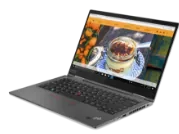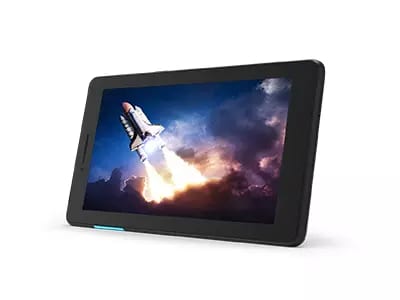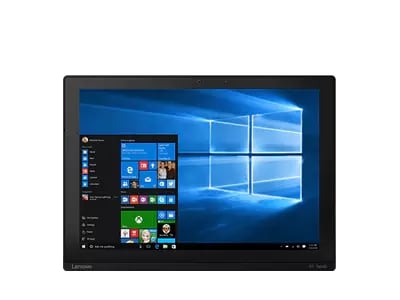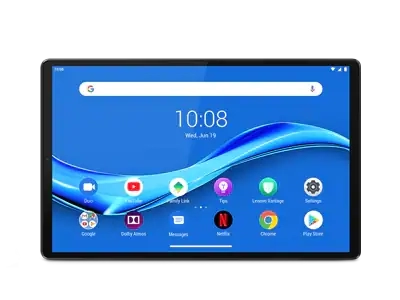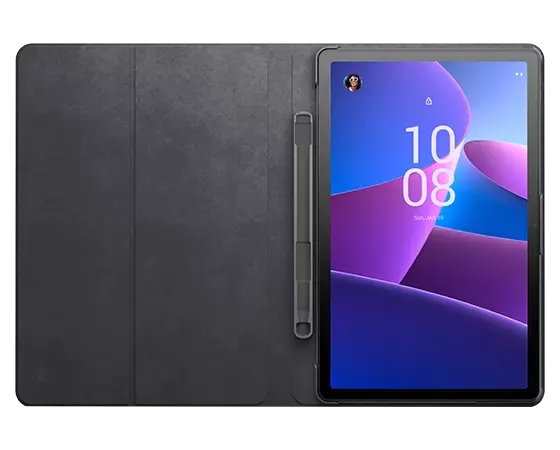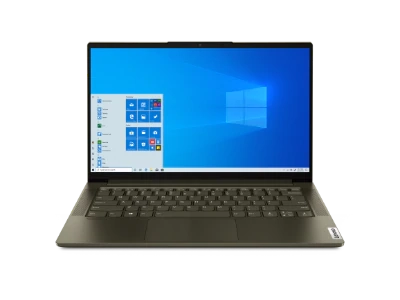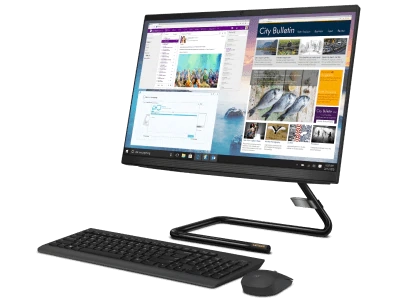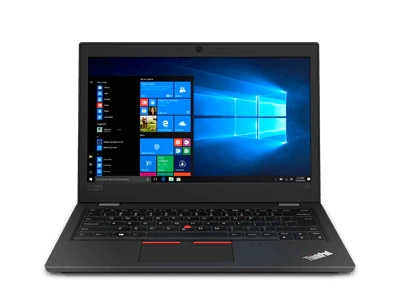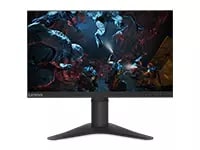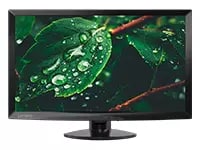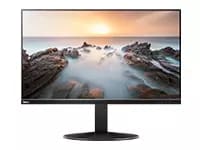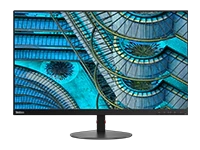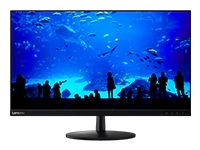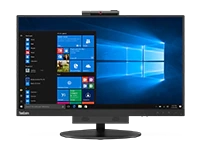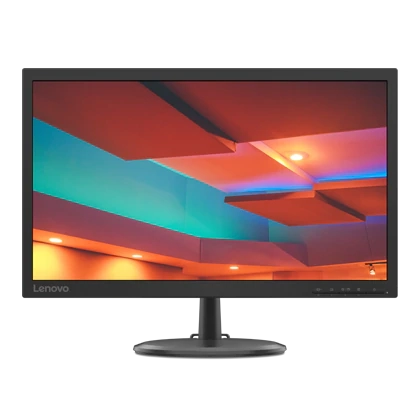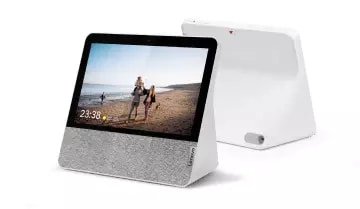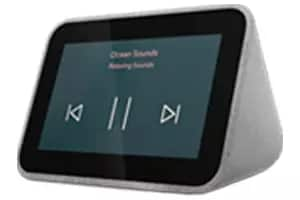What is VR? ... and AR? ... and MR?
Virtual reality (VR) is an interactive, computer-generated depiction of a real or artificial world or activity. Mixed reality (MR) is an interactive depiction or view of combined real-world and computer-generated elements. Augmented reality (AR) is a real-world view with additional, computer-generated enhancements.
That's one version, anyway. Ask a dozen people and you'll get a dozen different descriptions of VR, AR and MR. One thing's for sure, however. From industry to education to entertainment, it's increasingly a VR (...and AR... and MR) world.
Virtual reality, augmented reality and mixed reality: Differences and applications
The acronyms VR, AR and MR are often used interchangeably. And for many, "VR" is a catch-all that applies to anything life-like that's computer generated. But the terms are clearly distinct.
Virtual reality (VR) vs. augmented reality (AR) vs. mixed reality (MR)
Here's a simple way to understand the differences between VR, AR and MR:
-
Virtual reality (VR) example:
A computer generated living room in which your simulated self can move around and interact with the virtual furniture and houseplants or the simulated selves of other like you. -
Augmented reality (AR) example:
A real-time view of your own living room that you can virtually enhance with different paint or carpet colors or call up virtual "floating" screens to read email or watch a game. -
Mixed reality (MR) example:
Another real-time view in which virtual selves or objects are also displayed -- but where the real and artificial elements can interact (e.g., placing a virtual pencil on a real table).
Again, these descriptions are simplified. Virtual reality (VR) is easy to distinguish from the other technologies because it's a 100% digital experience, whereas the others combine real and digital aspects. Meanwhile, the distinction between augmented reality (AR) and mixed reality (MR) may be lessening, as in many ways, MR is just an enhanced, more interactive kind of AR.
How are VR, MR and AR used?
Virtual reality, mixed reality and augmented reality are changing the way we live and work. Surgeons can now train for life-saving operations on virtual operating tables. Home chefs can use augmented eyeglasses to see step-by-step recipes while working at the stove. There are even plans for vast, mixed reality warehouses where goggled staffers fill shipping boxes based on packing lists that "float" before their eyes.
VR, AR and MR are changing the way we play, too, as each technology is being widely applied in the computer gaming industry. Some of these games need just a smartphone while others demand a VR gaming laptop or VR-ready tower PC. Viewing goggles (see the Lenovo Mirage Solo) are sufficient to enjoy some games, but for more immersive experiences, there are advanced VR headsets such as Oculus Rift, HTC Vive, Microsoft Hololens and our own Lenovo Explorer Lightweight Headset.
-
Virtual reality gaming
VR games place users in completely digital, computer generated environments. Game action is viewed with advanced VR headsets or goggles and controlled through the movement of the headsets or other devices such as VR gloves, control pads, and so on. -
Augmented reality gaming
AR games place digital game elements into (or lay them over) the users' actual environment but keep the digital/artificial aspects of the game separate. Some AR games use head-mounted devices but others need only simple views such as through a smartphone camera. -
Mixed reality gaming
MR games combine real and digital elements in a way that allows the user to interact with both at the same time. Unlike VR games, MR games are considered to be "anchored" to actual physical space, so your coffee table can be an integral part of the contest. Windows Mixed Reality is a popular mixed reality platform, although analysts say it is still mostly VR focused at this time.
Ready to explore the world of VR. AR and MR gaming? Learn more by reading "What is VR Gaming?", "What is a VR-Ready Gaming Laptop or VR-Ready Gaming PC?" and "Minimum Specs for VR-Ready Gaming Laptops and PCs."



Limits: Orders limited to 5 computers per customer. For larger quantities, go to the “Where to Buy” section of the website for details of resellers and retailers of Lenovo products
Offerings and Availability: All offers subject to availability. Offers, prices, specifications and availability may change without notice. Product offerings and specifications advertised on this website may be changed at any time and without notice. Models pictured are for illustration purposes only. Lenovo is not responsible for photographic or typographic errors..
PCs shown here are shipped with an operating system.
Prices: Web prices advertised include VAT. Prices and offers in the cart are subject to change until the order is submitted. *Pricing - savings referenced off regular Lenovo web prices. Reseller prices may differ from those advertised here.
**Battery: These systems do not support batteries that are not genuine Lenovo-made or authorised. Systems will continue to boot, but may not charge unauthorised batteries. Lenovo has no responsibility for the performance or safety of unauthorised batteries, and provides no warranties for failures or damage arising out of their use. **Battery life is based on the MobileMark® 2014 methodology and is an estimated maximum. Actual battery life may vary based on many factors, including screen brightness, active applications, features, power management settings, battery age and conditioning, and other customer preferences.
Finance is provided by Duologi. Duologi is the trading name of Specialist Lending Ltd.
General: Review key information provided by Microsoft® that may apply to your system purchase, including details on Windows 10, Windows 8, Windows 7, and potential upgrades/downgrades. Lenovo makes no representation or warranty regarding third-party products or services.
Trademarks: Lenovo, ThinkPad, IdeaPad, ThinkCentre, ThinkStation and the Lenovo logo are trademarks of Lenovo. Microsoft, Windows, Windows NT, and the Windows logo are trademarks of Microsoft Corporation. Ultrabook, Celeron, Celeron Inside, Core Inside, Intel, Intel Logo, Intel Atom, Intel Atom Inside, Intel Core, Intel Inside, Intel Inside Logo, Intel vPro, Itanium, Itanium Inside, Pentium, Pentium Inside, vPro Inside, Xeon, Xeon Phi, Xeon Inside, and Intel Optane are trademarks of Intel Corporation or its subsidiaries in the U.S. and/or other countries.© 2023 Advanced Micro Devices, Inc. All rights reserved. AMD, the AMD Arrow logo, Athlon, EPYC, FreeSync, Ryzen, Radeon, Threadripper and combinations thereof are trademarks of Advanced Micro Devices, Inc. Other company, product or service names may be trademarks or service marks of others.






